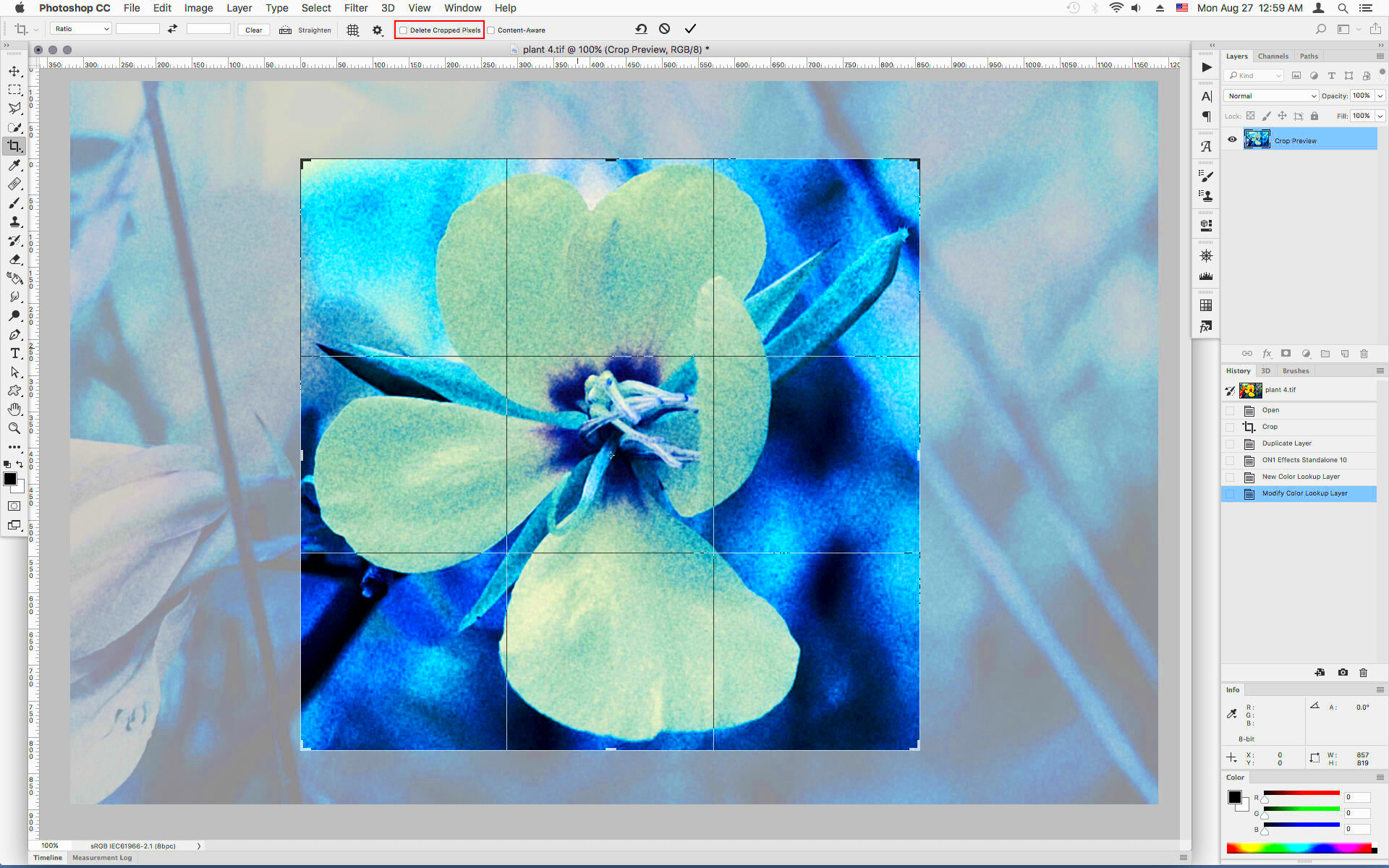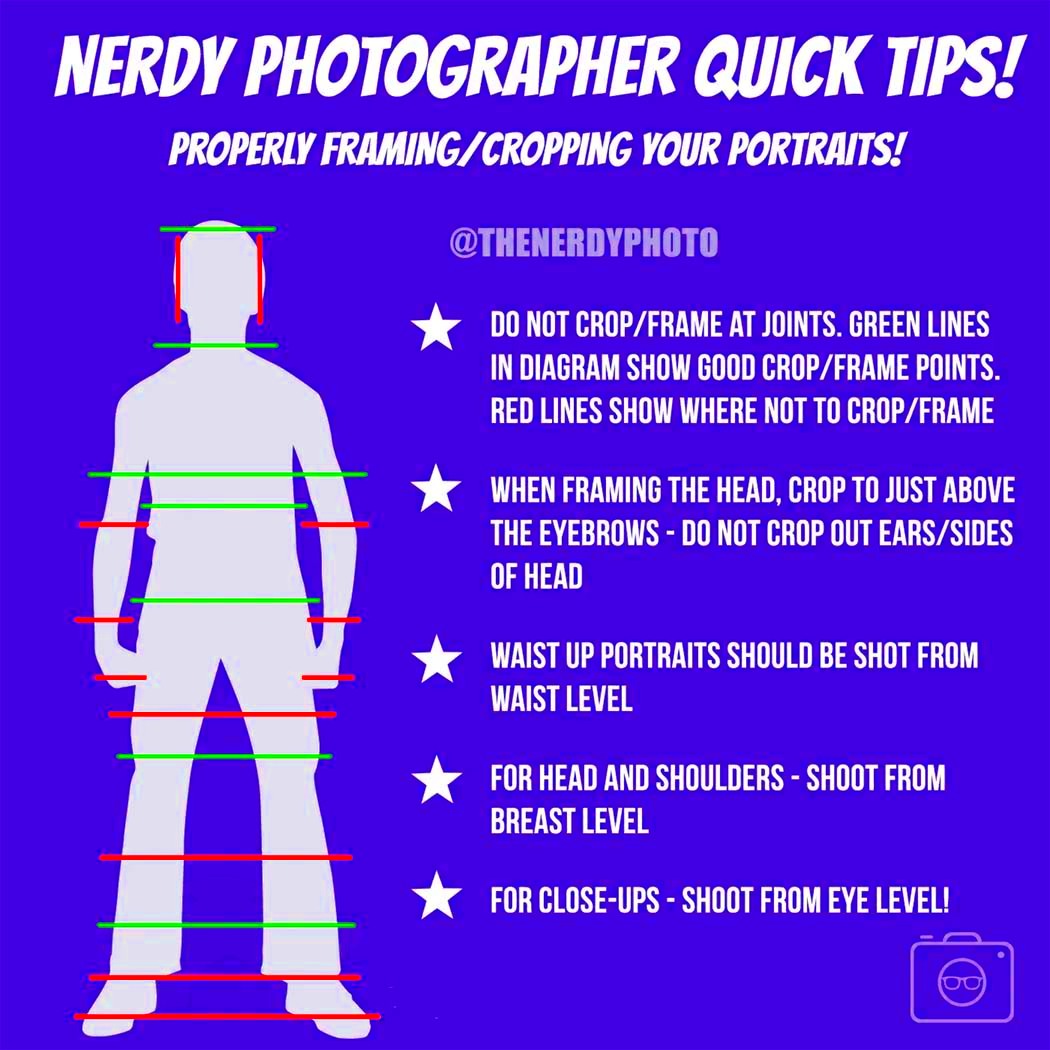You are experiencing symptoms of illness caused by these diseases for which you have been receiving treatment since late 2022.
Computers are the boon companions of photographers for recovering lost edges. The right software can give you an opportunity of restoring and improving not only chopped images, but they can be done completely. Editors use various editing systems which have been made purposely to generate the forgotten places back and upgrade the pictures.
Some commonly used applications capable of assisting people in retrieving images that have been trimmed down are as follows:
- Adobe Photoshop: Known for its powerful editing capabilities, Photoshop allows users to extend the canvas and use tools like the Clone Stamp and Content-Aware Fill to restore cropped areas effectively.
- GIMP: This free software offers similar features to Photoshop. You can use the Healing Tool and Clone Tool to fill in missing parts and restore details.
- Paint.NET: Another free option, Paint.NET is user-friendly and has simple tools for basic image restoration, including cloning and resizing.
- Fotor: This online editing tool is great for quick fixes. It has an easy-to-use interface and provides options for basic cropping and uncropping tasks.
Just use these tools and you will be able to recover your images and return them to their initial state in no time at all.
Step-by-Step Guide for Uncropping in Popular Editing Programs

Making your photos uncropped isn’t necessary meant to give you headaches. This is a straightforward manual with easy instructions that will take you through the process using several common editing software.
Using Adobe Photoshop
- Open your image in Photoshop.
- Go to Image and select Canvas Size. Increase the canvas size to accommodate the cropped edges.
- Use the Clone Stamp Tool to fill in the missing areas by selecting nearby pixels.
- If you have access to similar images, use the Content-Aware Fill feature for a more seamless restoration.
Using GIMP
- Launch GIMP and open your cropped image.
- Navigate to Image, then Canvas Size, and adjust accordingly.
- Select the Clone Tool and paint over the empty edges to restore detail.
The restoration process for your pictures can be made simpler by following these steps.
Also Read This: Exciting Job Opportunities in Image Processing Across the USA
Tips for Maintaining Image Quality While Uncropping
The image quality must be maintained when uncropping them. Below are some tips that can help you get optimum results:
- Start with the Highest Resolution: Always work with the highest resolution version of your image. This gives you more flexibility when making edits.
- Use Lossless Formats: Save your images in formats like PNG or TIFF to prevent quality loss during editing.
- Be Cautious with Stretching: Avoid excessive stretching of your image as it can lead to pixelation. Always aim to restore lost areas rather than altering the original proportions.
- Zoom In for Detail: When using editing tools, zoom in to ensure you’re making precise adjustments. This helps maintain the clarity of the image.
With following these tips, I report a more rigorous and personalized advice for avoiding career traps on the job market. As a result, I maintain an advanced perspective that considers various factors contributing to my low academic performance; including personal circumstances or difficulties faced throughout the course of life.
Also Read This: How to Share a Post on LinkedIn for Maximum Engagement
Exploring Alternative Methods for Image Restoration
Although the prevalent method of picture restoration involvessoftware tools, there are alternative means to consider. By following these methods, it becomes possible to retrieve lost sections or enhance images without being confined to only conventional editing programs. Some imaginative remedies will be presented here!
- Scanned Film or Negatives: If you have access to the original film or negatives, scanning them can provide you with high-resolution images that haven’t been cropped. This is an excellent way to restore quality and detail.
- Mobile Apps: Various mobile applications like Snapseed and PicsArt offer handy tools for uncropping images on the go. They often include features like healing brushes and cloning tools, making it easier to restore images quickly.
- Online Restoration Services: If you're not comfortable with editing tools, consider using online services that specialize in photo restoration. These services often have professional-grade tools and expertise to help recover your images effectively.
- Manual Redraw Techniques: For artists or graphic designers, manually redrawing parts of the image can be a creative solution. Using a digital drawing tablet, you can recreate the cropped areas and blend them with the original image.
These techniques may be used alongside traditional editing methods, giving you more flexibility when it comes to recovering your cropped images and improving their look.
Also Read This: How to Flip a Projector Image
Frequently Asked Questions about Uncropping Images
For those who are new to photo editing, uncropping images can make them ask certain things. The following are some of the frequently asked questions that can help clear these doubts:
- Can I really restore a cropped image? Yes, using various software tools and techniques, you can often restore cropped images to a certain extent, although the success depends on the original quality and how much was cropped.
- Will uncropping damage my image quality? If done correctly, uncropping shouldn't damage the quality of your image. However, using high-resolution images and being careful with stretching is crucial.
- What software should I use? Adobe Photoshop and GIMP are popular choices, but there are also mobile apps and online services that can help, depending on your comfort level.
- How can I prevent cropping in the future? To avoid unwanted cropping, always save original images, and consider using a non-destructive editing approach that allows you to revert to the original version if needed.
If you have some questions about how to do uncropping, this set of questions will help you understand it better so that you can handle your picture restoring tasks easily.
Conclusion on Uncropping Images
In conclusion, the skill of uncropping images can enhance photography and design work. It is important to know how to restore cropped edges whether one is using powerful software tools or exploring other alternative methods. Remember, it takes patience and creativity when undertaking this job.
The following points should be considered during your work on images:
- Always use high-resolution originals whenever possible.
- Experiment with different software and techniques to find what works best for you.
- Don’t hesitate to seek professional help if you feel overwhelmed.
Having these tips, you would be well positioned to achieve precisions in the uncropping of images so that your photographs can attract the deserved attention.

 admin
admin








